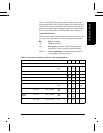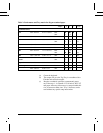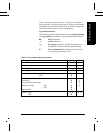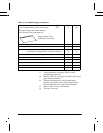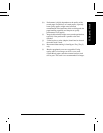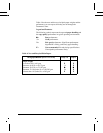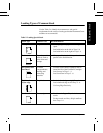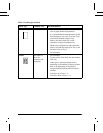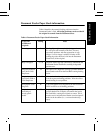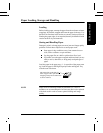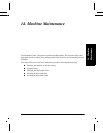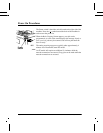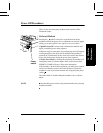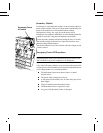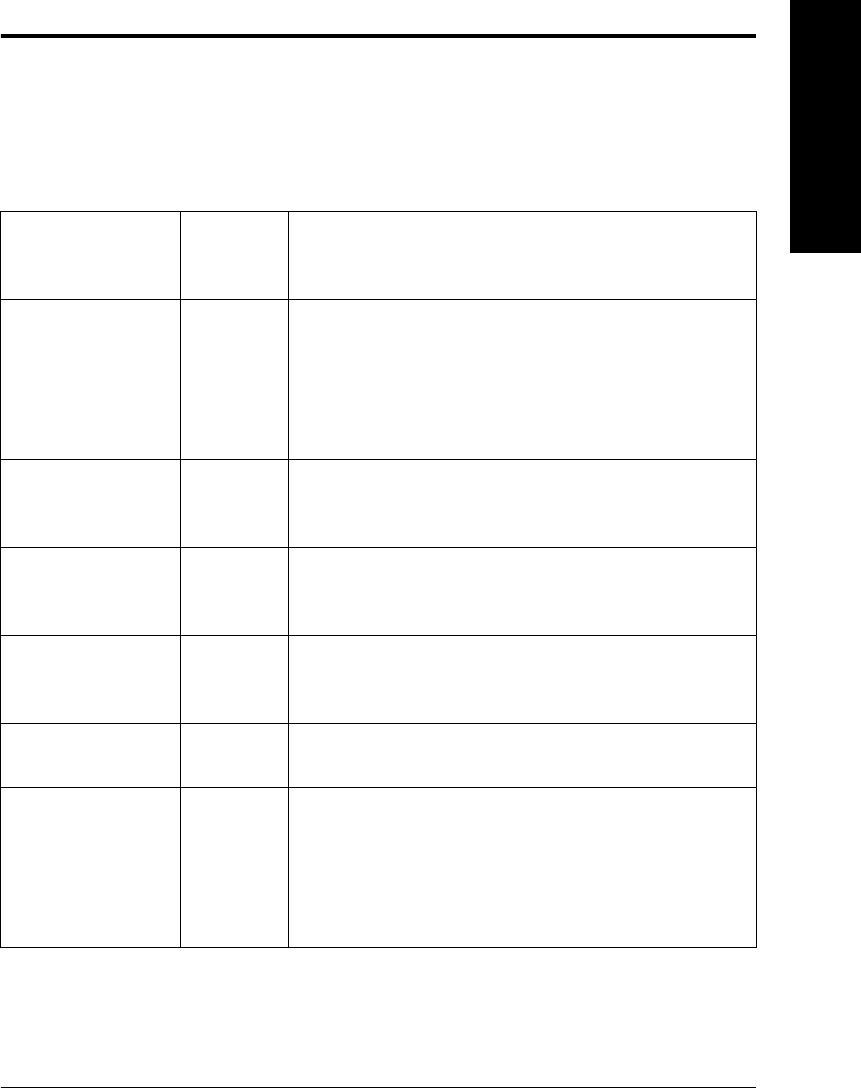
Xerox Document Centre Reference Guide Page 13 - 15
13. Paper & Stock
Document Feeder Paper Stock information
Table 6 identifies the potential feeding problems when the
Document Feeder is used. All feeding problems can be avoided if
the original is scanned from the Document Glass.
Table 6: Document Feeder Paper Stock Information
Types and
condition of
originals
Rating Notes
Coated paper
❑ Feeding lightweight coated originals (approximately 16
lb. or 61gsm) will normally work fine. You may
experience problems with the registration of copy
images if a color image is within 0.4 inches of the
leading edge (the side that is fed into the Document
Feeder first) of the original.
High Talc paper
❍ - ❑ Originals with a high talc content may contaminate the
Document Feeder Feed Rolls, resulting in degraded
performance.
Originals produced
on a Xerox 5100
Duplicator
❑ On copies with a high area coverage, (pictures and half-
tones) tends to rub off on the Feed Rolls causing feeding
faults.
Originals produced
on a Xerox 5090 or
5390 Duplicator
❍ - ❑ Oils used to fuse the copies need to dry at least 2 hours
in order to prevent feeding problems. After the oil has
dried, feeding is not a problem.
Xerographic Color
Originals
X Copy Xerographic color originals from the Document
Glass in order to avoid feeding problems.
Originals
consisting of
mostly pencil
marks
X Originals having a high percentage of pencil marks
(pencil sketches for example) will transfer the lead to
the Feed Rolls, causing the originals to smear. This is
not the case for originals that contain occasional pencil
marks in the document (i.e., a reviewed marked-up
copy).



